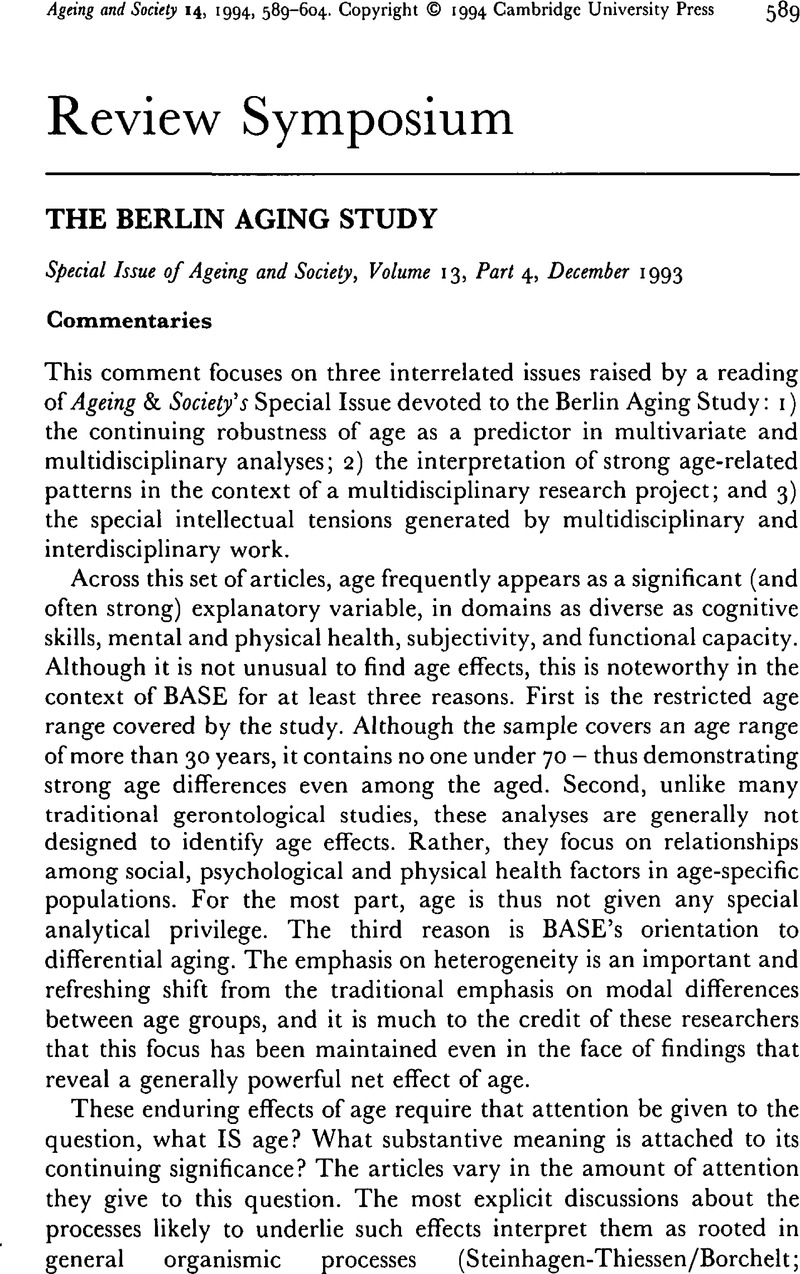Crossref Citations
This article has been cited by the following publications. This list is generated based on data provided by Crossref.
Dannefer, Dale
Kelley-Moore, Jessica
and
Huang, Wenxuan
2016.
Handbook of the Life Course.
p.
87.



